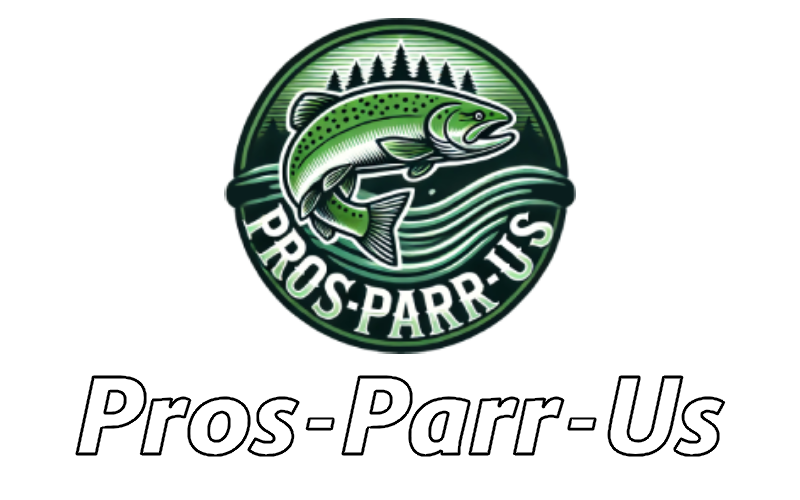Sous vide, which means “under vacuum” in French, is a high-tech cooking method that has revolutionized both professional and home kitchens. The process involves placing food in vacuum-sealed bags and cooking it gently in a controlled water bath. The result? Perfectly cooked, restaurant-quality dishes with unparalleled flavor and texture. While it may seem intimidating, sous vide cooking is remarkably simple once you understand the basics. This guide will help beginners master the art of sous vide, covering everything from essential equipment to practical tips.
What is Sous Vide Cooking?
Sous vide is all about precision. Unlike traditional cooking methods, which rely on high, fluctuating heat, sous vide allows you to cook food evenly at a constant temperature. By immersing vacuum-sealed food in a water bath, you eliminate the risk of overcooking or undercooking, ensuring consistent results every time.
The low-temperature approach locks in juices and flavors, making it an excellent choice for meats, vegetables, eggs, and even desserts. It’s also highly versatile—you can use it to tenderize tough cuts of meat, infuse liquids with herbs, or perfectly poach an egg.
Essential Sous Vide Equipment
To get started with sous vide, you’ll need a few key items:
- Sous Vide Immersion Circulator
This device heats and circulates water to maintain a consistent temperature. Look for models with easy-to-use controls, accurate temperature settings, and Bluetooth or Wi-Fi connectivity for added convenience. - Vacuum Sealer or Resealable Bags
Vacuum-sealed bags are ideal for ensuring even cooking and preserving flavor. However, heavy-duty resealable freezer bags can also work if you use the water displacement method to remove air. - Water Container or Large Pot
Any heatproof container that can hold enough water for your food will work. Some sous vide enthusiasts invest in specially designed containers with lids to reduce water evaporation during long cooks. - Optional Accessories
Tools like bag clamps, racks, and weights can help keep your food submerged and in place during cooking. These aren’t essential but can improve your overall experience.
Getting Started with Sous Vide
- Prepare Your Food
Season your ingredients generously, as sous vide enhances natural flavors. For meats, consider adding herbs, spices, or a pat of butter to the bag for extra richness. - Seal the Food
Use a vacuum sealer to remove all air from the bag or employ the water displacement method with resealable bags. Proper sealing ensures even cooking and prevents water from entering the bag. - Set the Temperature
Choose the ideal temperature for your desired results. For example:- Medium-rare steak: 129°F (54°C)
- Tender chicken breast: 140°F (60°C)
- Soft-boiled eggs: 167°F (75°C)
- Cook for the Right Time
Sous vide cooking times vary depending on the type and thickness of the food. While steaks might take 1-2 hours, tougher cuts like brisket may require up to 24 hours to achieve the desired tenderness. - Finish with a Sear
After cooking, most proteins benefit from a quick sear in a hot pan to develop a flavorful crust. Use high heat and a small amount of oil to achieve a golden-brown finish without overcooking the interior.
Tips for Beginners
- Start Simple: Begin with easy recipes like sous vide chicken or steak to get a feel for the process.
- Monitor Water Levels: Ensure the water level remains above the food throughout cooking. For longer cooks, cover the container to minimize evaporation.
- Invest in a Thermometer: While your immersion circulator maintains the temperature, a quick thermometer check ensures everything is on point.
- Experiment: Experimenting with different marinades, herbs, and spices can help you discover the perfect combinations for your taste.
Benefits of Sous Vide Cooking
Sous vide offers several advantages that make it a standout technique for home cooks:
- Consistency: Every dish is cooked to the exact temperature you set, eliminating guesswork.
- Enhanced Flavor: Vacuum sealing locks in natural juices and seasonings, intensifying flavors.
- Flexibility: Long cooking windows mean you can leave food in the water bath without worrying about overcooking.
- Versatility: Sous vide is suitable for proteins, vegetables, eggs, and even infusions like flavored oils or cocktails.
Conclusion
Mastering sous vide is easier than you might think, and the results are well worth the effort. With just a few pieces of equipment and a basic understanding of the technique, you can create dishes that rival those of professional chefs. Whether you’re cooking a tender steak, perfectly poached eggs, or flavorful vegetables, sous vide opens up a world of culinary possibilities. Take the plunge, and discover how this high-tech method can transform your cooking.

